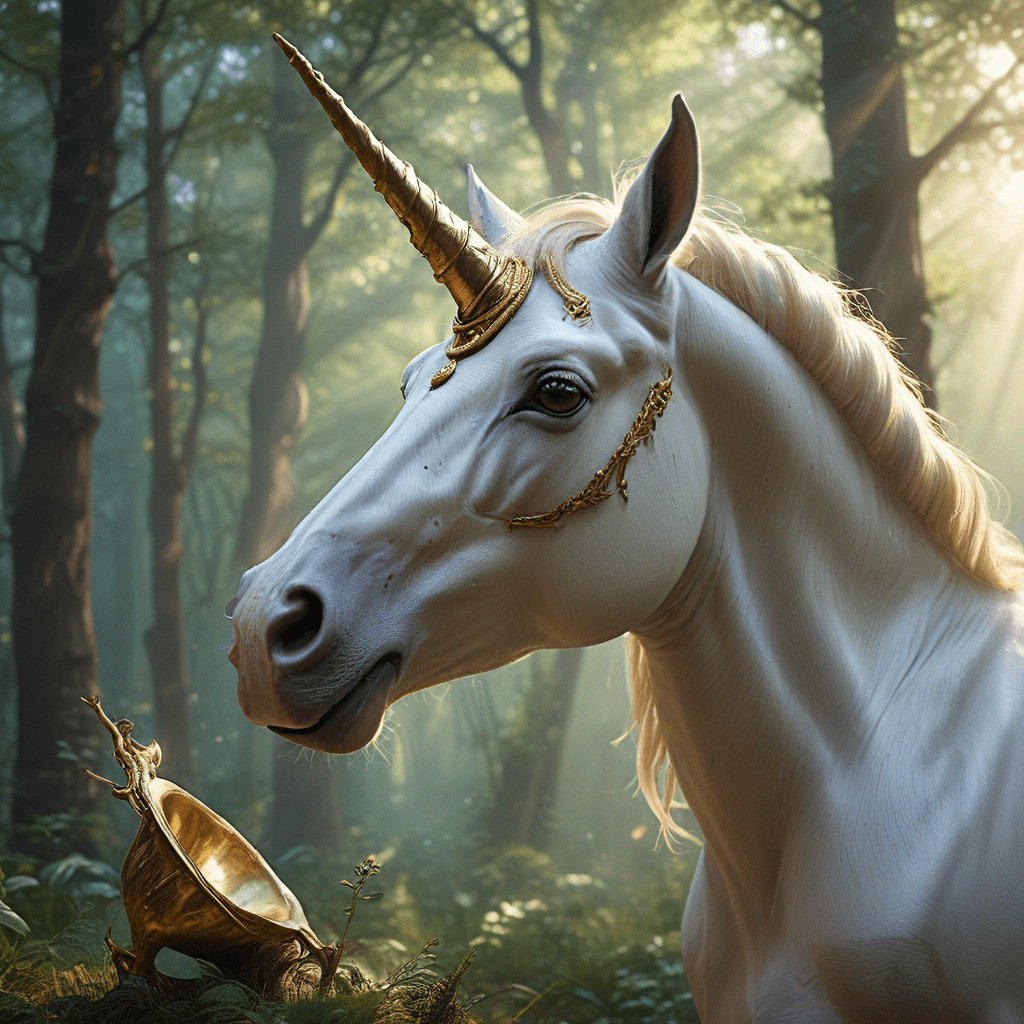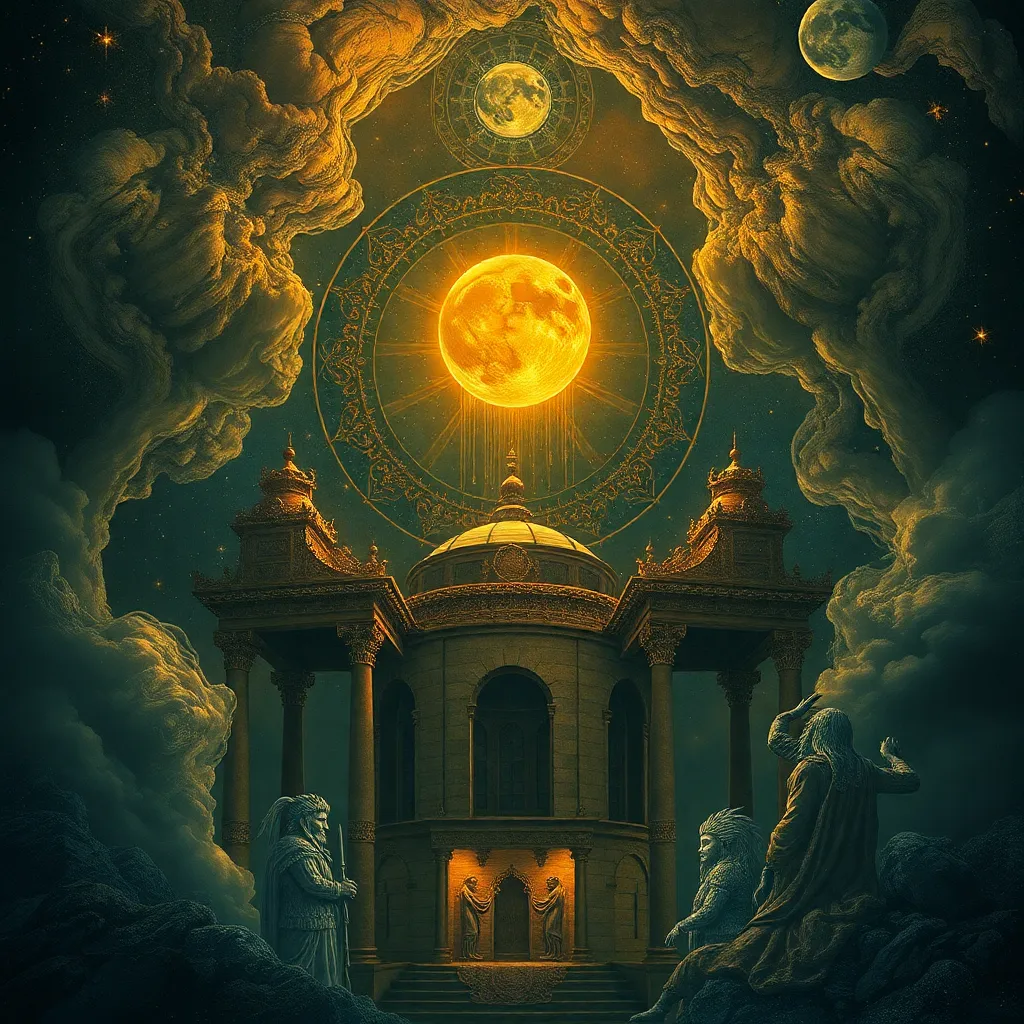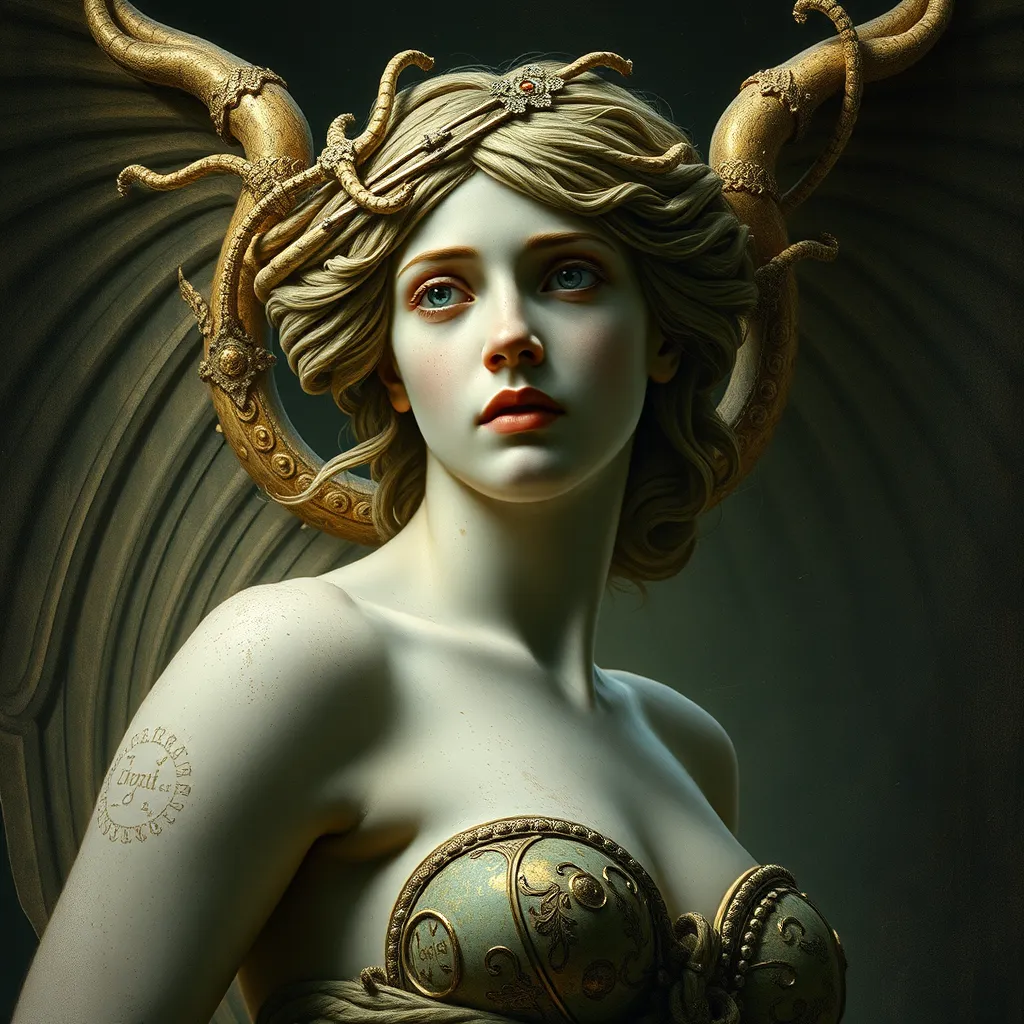The Enchanted Horn: Exploring the Unicorn’s Mystery
The Unicorn in Myth and Legend
The unicorn, a majestic creature with a single spiraled horn on its forehead, has captivated imaginations for centuries. From ancient myths to modern fantasy, the unicorn has become a symbol of purity, grace, and power. Throughout history, this mythical creature has been woven into the tapestry of human culture, appearing in folklore, art, literature, and even heraldry. The unicorn’s enduring appeal lies in its enigmatic nature—a blend of reality and fantasy that sparks both wonder and curiosity.
The Enchanted Horn: A Symbol of Purity and Power
The unicorn’s most striking feature is its spiraled horn, often described as possessing magical properties. In many cultures, the horn was believed to have the power to purify water, cure diseases, and even neutralize poisons. The unicorn’s horn was also associated with strength and invincibility, making it a symbol of both physical and spiritual power. For many, the horn represented the mystical connection between the earthly and the divine, reflecting the unicorn’s association with purity and grace.
The Unicorn’s Origins: Ancient Myths and Folklore
The origins of the unicorn myth can be traced back to ancient civilizations. In ancient Greece, the unicorn was known as the “monoceros,” described as a wild, strong animal with a single horn. Ancient Roman writers, including Pliny the Elder, also described the unicorn, associating it with the mythical land of India. Early Christian writers often used the unicorn as a symbol of Christ, drawing parallels between the unicorn’s purity and Jesus’s sacrifice.
The Unicorn in Medieval Art and Literature
During the Middle Ages, the unicorn became a popular subject in art and literature. Medieval tapestries frequently depicted the unicorn being hunted, often with a virgin present, symbolizing Christ’s sacrifice and the pursuit of purity. The unicorn also appeared in popular medieval bestiaries, books that documented the natural world, often combining factual descriptions with mythical creatures. The unicorn’s mythical qualities continued to be explored in literature, with authors like J.R.R. Tolkien incorporating the unicorn into their fantastical worlds.
The Unicorn in Modern Culture
The unicorn’s enduring appeal has carried it into modern culture. The unicorn has become a popular motif in fashion, art, and popular media. From unicorn-themed clothing and accessories to unicorn-shaped cakes and candies, the unicorn has become a symbol of whimsy, magic, and imagination. The unicorn’s enduring popularity reflects its ability to spark wonder and inspire creativity, reminding us of the power of imagination and the beauty of the mythical world.
The Enchanted Horn: Exploring the Unicorn’s Mystery
The Unicorn in Myth and Legend
The unicorn, a majestic creature with a single spiraled horn on its forehead, has captivated imaginations for centuries. From ancient myths to modern fantasy, the unicorn has become a symbol of purity, grace, and power. Throughout history, this mythical creature has been woven into the tapestry of human culture, appearing in folklore, art, literature, and even heraldry. The unicorn’s enduring appeal lies in its enigmatic nature—a blend of reality and fantasy that sparks both wonder and curiosity.
The Enchanted Horn: A Symbol of Purity and Power
The unicorn’s most striking feature is its spiraled horn, often described as possessing magical properties. In many cultures, the horn was believed to have the power to purify water, cure diseases, and even neutralize poisons. The unicorn’s horn was also associated with strength and invincibility, making it a symbol of both physical and spiritual power. For many, the horn represented the mystical connection between the earthly and the divine, reflecting the unicorn’s association with purity and grace.
The Unicorn’s Origins: Ancient Myths and Folklore
The origins of the unicorn myth can be traced back to ancient civilizations. In ancient Greece, the unicorn was known as the “monoceros,” described as a wild, strong animal with a single horn. Ancient Roman writers, including Pliny the Elder, also described the unicorn, associating it with the mythical land of India. Early Christian writers often used the unicorn as a symbol of Christ, drawing parallels between the unicorn’s purity and Jesus’s sacrifice.
The Unicorn in Medieval Art and Literature
During the Middle Ages, the unicorn became a popular subject in art and literature. Medieval tapestries frequently depicted the unicorn being hunted, often with a virgin present, symbolizing Christ’s sacrifice and the pursuit of purity. The unicorn also appeared in popular medieval bestiaries, books that documented the natural world, often combining factual descriptions with mythical creatures. The unicorn’s mythical qualities continued to be explored in literature, with authors like J.R.R. Tolkien incorporating the unicorn into their fantastical worlds.
The Unicorn in Modern Culture
The unicorn’s enduring appeal has carried it into modern culture. The unicorn has become a popular motif in fashion, art, and popular media. From unicorn-themed clothing and accessories to unicorn-shaped cakes and candies, the unicorn has become a symbol of whimsy, magic, and imagination. The unicorn’s enduring popularity reflects its ability to spark wonder and inspire creativity, reminding us of the power of imagination and the beauty of the mythical world.
The Horn’s Mystical Properties: Healing and Protection
Beyond its symbolic meaning, the unicorn’s horn was believed to possess real, tangible powers. Alchemists, healers, and even royalty sought after the horn, believing it could cure a wide range of ailments. The horn was said to have the ability to purify water, rendering it safe to drink. It was also believed to neutralize poisons, protect against evil spirits, and even cure diseases. Medieval texts often described the horn being used to heal wounds and treat fevers.
The belief in the unicorn’s horn’s healing power persisted for centuries, and even today, some people attribute mystical properties to the horn. While there is no scientific evidence to support these claims, the unicorn’s horn remains a powerful symbol of hope and healing in many cultures.
The Unicorn’s Physical Description: A Blend of Reality and Fantasy
While the unicorn’s mythical status is undeniable, descriptions of its physical appearance often draw from real-world animals, creating a fascinating blend of reality and fantasy. Early accounts often describe the unicorn as a horse-like creature with a single, spiraled horn growing from its forehead. The horn was typically described as being pure white, symbolizing purity and grace.
The unicorn’s mane and tail were often depicted as flowing and vibrant, adding to its ethereal beauty. Its hooves were described as being strong and powerful, reflecting its strength and agility. While the unicorn’s physical attributes are a blend of real and fantastical elements, its mythical status makes it a unique and enduring symbol in human culture.
Theories of the Unicorn’s Inspiration: Real Animals and Mythological Creatures
The unicorn’s origins have been the subject of much speculation and debate. Some scholars believe that the unicorn’s inspiration can be traced to real-world animals, such as the rhinoceros or the narwhal. The rhinoceros, with its single horn and thick hide, could have been a source of inspiration for early accounts of the unicorn.
The narwhal, a marine mammal with a long, spiraled tusk, also shares similarities with the unicorn. However, the unicorn’s mythical status goes beyond any real-world animal. The unicorn’s association with purity, grace, and power reflects a desire for something beyond the mundane, a mythical creature that embodies the ideals of beauty and strength.
The Unicorn as a Symbol of Hope and Wonder
The unicorn’s enduring appeal is a testament to its ability to spark wonder and inspire hope. The unicorn represents the power of the imagination, reminding us of the beauty and mystery of the world around us. It is a symbol of purity, grace, and strength, inspiring us to strive for excellence and to believe in the possibility of dreams.
The unicorn’s mythical status allows it to transcend the limitations of the real world, offering a glimpse into a realm of magic and wonder. It reminds us that even in a world often characterized by hardship and uncertainty, there is always room for hope and the pursuit of dreams.
The Enduring Mystery of the Unicorn
Despite centuries of fascination, the unicorn remains an enigmatic creature, shrouded in mystery. While its physical attributes may be inspired by real-world animals, its mythical qualities transcend the boundaries of the natural world.
The unicorn’s association with purity, grace, and power, its mystical horn, and its enduring popularity in art, literature, and culture continue to fuel the imagination and inspire awe. The unicorn’s mystique is a testament to the power of myths and legends to capture our imaginations and remind us of the enduring human desire for the extraordinary.
FAQ
What is a unicorn?
A unicorn is a mythical creature often depicted as a horse-like animal with a single, spiraled horn growing from its forehead.
What are the properties of the unicorn’s horn?
The unicorn’s horn has been attributed with mystical properties, including the ability to purify water, cure diseases, and neutralize poisons.
What is the origin of the unicorn myth?
The origin of the unicorn myth is uncertain, but it is believed to have originated in ancient Greece and Rome.
Why is the unicorn so popular?
The unicorn’s popularity is fueled by its majestic physical appearance, its mystical properties, and its association with purity, grace, and power.
Where do unicorns appear in modern culture?
Unicorns have become a popular motif in fashion, art, and popular media, symbolizing whimsy, magic, and imagination.



